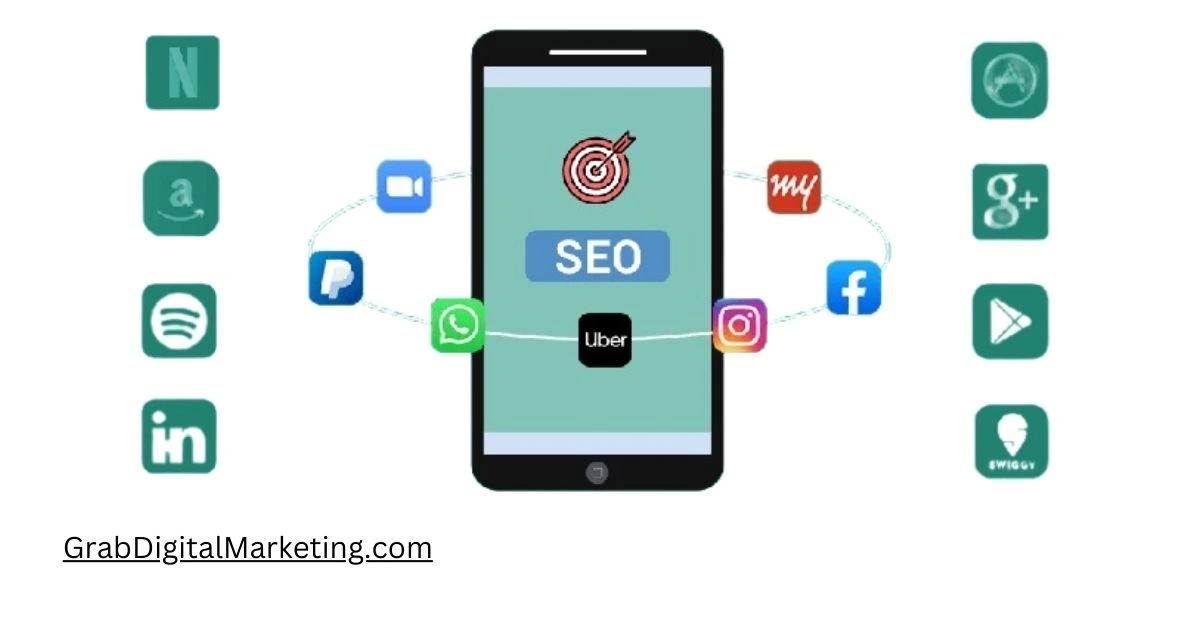What is Mobile SEO?
Mobile SEO is the practice of optimizing your website to function optimally on mobile devices, such as smartphones and tablets. Since more than half of all web traffic comes from mobile users, it’s essential to ensure your site loads quickly, looks good, and is easy to navigate on smaller screens. Mobile SEO involves using a responsive design so your site adapts to different screen sizes, simplifying content. Hence, it’s readable without zooming, and making sure buttons and links are easy to tap. Search engines like Google now prioritize mobile-friendly sites in their rankings through mobile-first indexing, meaning they mostly use your site’s mobile version to evaluate its relevance and quality. Good mobile SEO improves user experience, increases your visibility in mobile search results, and drives more traffic, which is especially important for Google AdSense users who rely on that traffic for ad revenue. Combining mobile SEO efforts with tools like Webmaster Tools and Google Analytics helps you monitor mobile performance, fix issues quickly, and optimize your site so you get the most from both search rankings and AdSense earnings.
Introduction
As mobile devices increasingly dominate web traffic, businesses and website owners must prioritize mobile user experience. Mobile SEO ensures that a website’s design, content, and performance cater to mobile users, leading to better rankings and conversions.
Key Components of Mobile SEO

Key components of mobile SEO focus on making your website fast, easy to use, and accessible on any mobile device, which is essential for both search engine rankings and user experience. The first element is responsive design, which ensures your site automatically adjusts its layout and content to fit different screen sizes without losing functionality or readability. Speed optimization is critical; pages need to load in under three seconds to keep visitors engaged and reduce bounce rates. Mobile-first indexing means Google primarily uses the mobile version of your site for ranking, so content, structured data, and metadata should be consistent across desktop and mobile versions. User experience also includes designing touch-friendly elements like buttons and easy navigation to prevent frustration and accidental clicks. Local SEO is important too, as many mobile searches have local intent, so your site should be optimized for location-based queries. Other vital components include optimizing images and videos for mobile, using mobile-specific sitemaps, and ensuring content accessibility for all users. By combining these components and monitoring them with SEO tools like Google Search Console and Google Analytics, AdSense users can improve their site’s visibility and traffic while maximizing ad revenue from mobile visitors.
Page Load Speed
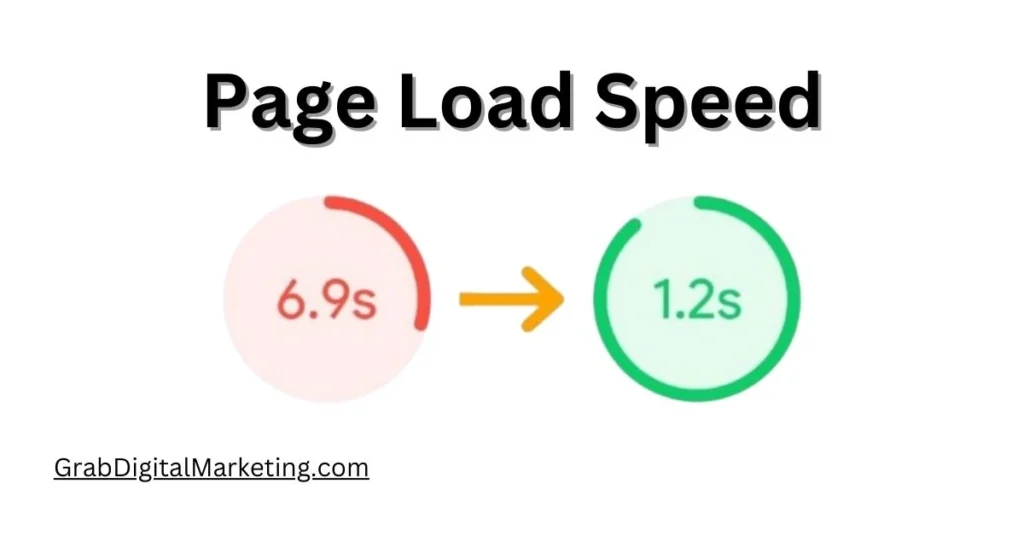
Page load speed is extremely important for Google AdSense because it directly affects how visitors experience your website and how much revenue you can earn from ads. When a webpage loads quickly—ideally in under three seconds—users are more likely to stay, browse more pages, and click on ads, which leads to increased ad impressions and higher earnings. Conversely, slow-loading pages frustrate visitors, causing them to leave before ads even appear, resulting in lost revenue. Google’s research shows that over half of visitors will abandon a site if it takes longer than three seconds to load. Additionally, page speed impacts your website’s search ranking and Google Ads quality score, influencing how often your ads are shown and the cost per click you pay. To improve page load speed, it’s important to optimize images, reduce HTTP requests, enable browser caching, and use content delivery networks (CDNs). For AdSense users, balancing good ad placement with fast loading times ensures a better user experience, increased traffic, and ultimately higher ad revenue.
Mobile-First Indexing
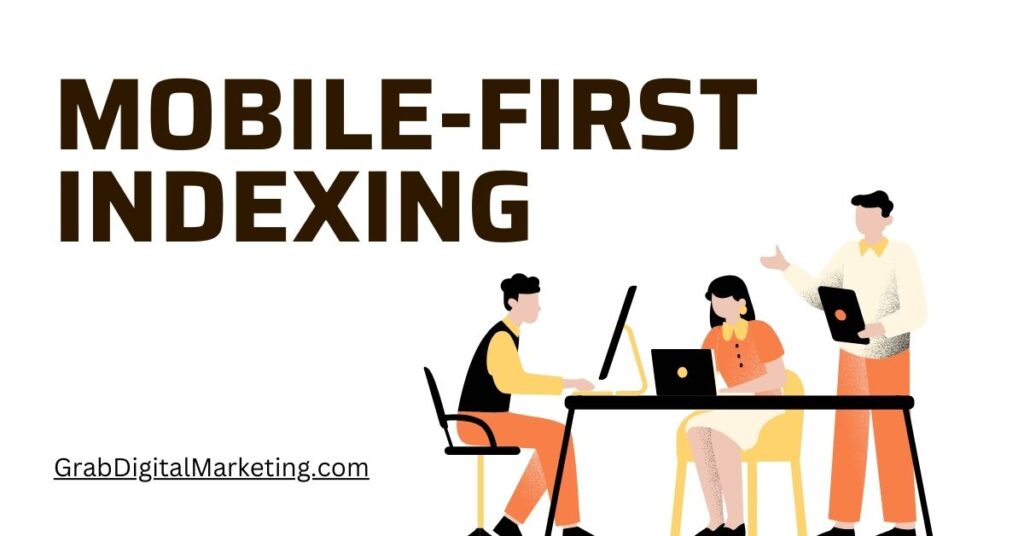
Mobile-first indexing means that Google primarily uses the mobile version of your website for indexing and ranking in search results, rather than the desktop version. This change reflects the fact that most internet users now browse on smartphones and tablets, so Google wants to prioritize the experience mobile users have when deciding how to rank sites. For Google AdSense users, this means having a mobile-friendly, responsive site with content that loads quickly and displays well on smaller screens is crucial. If your mobile site is slow, incomplete, or difficult to use, it can hurt your search rankings and reduce the chances of getting traffic, which directly impacts your ad revenue. Mobile-first indexing encourages website owners to focus on optimizing their mobile experience—not only for better visibility in search but also to ensure visitors stay longer and engage more, benefiting AdSense earnings.
Structured Data

Structured data is like a special code added to your website that helps Google and other search engines understand exactly what your content is about. For Google AdSense users, this means your ads can be shown in a more relevant way, matching the topic of your pages better and attracting the right audience. Structured data can also enable rich results in search listings, like showing ratings, images, or prices directly in the search results, which makes your site more eye-catching and encourages more people to click through. This can lead to higher traffic and better ad performance. By clearly labeling your content with structured data such as product details, reviews, events, or articles, you help search engines serve smarter, more targeted ads that can increase your AdSense earnings. Overall, using structured data makes your site easier for search engines to read and rank, improves how your site looks in search results, and helps maximize your revenue from ads.
Local SEO

Local SEO is all about optimizing your website and online presence to attract nearby customers who are actively searching for products or services in your area. For Google AdSense users, this means your site can reach a local audience more effectively, driving targeted traffic that is more likely to engage with your content and ads. Local SEO strategies include creating accurate business listings, using local keywords, and setting up a Google My Business profile, which helps your business appear in local search results and on Google Maps. This increased visibility not only brings more visitors to your site but also improves the chances for higher ad clicks and revenue because local visitors often have strong purchasing intent. By focusing on local SEO, you build trust within your community, enhance your online reputation through reviews, and reduce advertising costs while increasing sales and AdSense earnings. It’s a powerful way to connect with potential customers right in your neighborhood and grow your ad income through relevant, engaged traffic.
Voice Search Optimization

Voice search optimization is about making your website and content easy to find and understand when people use voice commands through devices like smartphones, smart speakers, or virtual assistants such as Google Assistant, Alexa, or Siri. More users are relying on voice search because it’s quick, convenient, and hands-free—perfect for people on the go or multitasking. For Google AdSense users, optimizing for voice search means using natural, conversational language in your content that matches how people speak rather than how they type. This helps your site show up in voice search results, increasing traffic and ad visibility. Voice search also often includes local queries like “near me,” so optimizing for local SEO alongside voice search can further boost your reach. By focusing on voice search optimization, you improve user experience, enhance your site’s visibility, and attract a larger, more engaged audience, which can lead to higher ad clicks and revenue.
User Experience (UX)
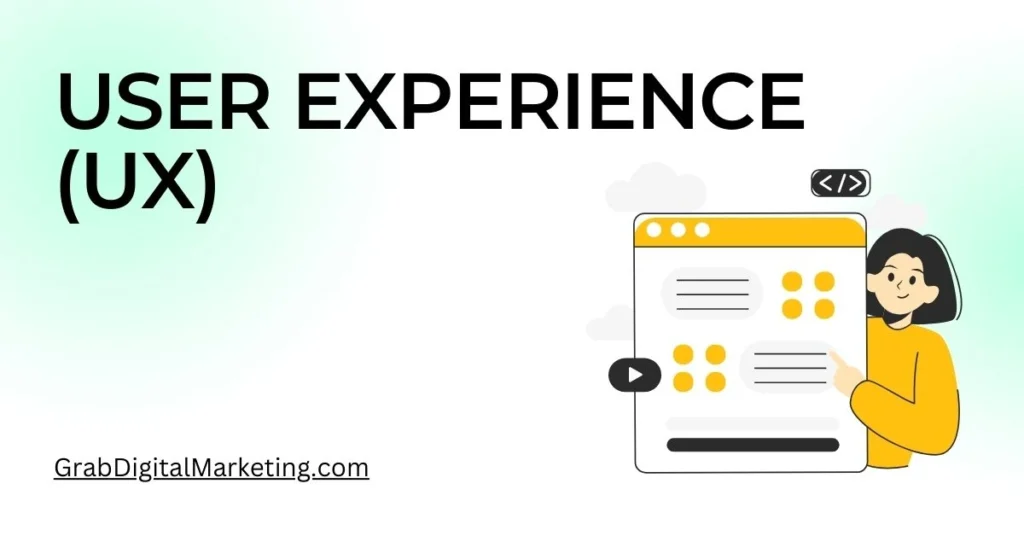
User Experience (UX) plays a crucial role in the success of your website and its Google AdSense earnings. UX is about making your site easy, enjoyable, and intuitive for visitors to navigate and find what they need without frustration or delays. A positive user experience keeps visitors longer, encourages them to explore more pages, and increases the chances they will engage with your ads. Good UX involves fast page load speeds, clear navigation menus, mobile-friendly design, and well-placed ads that don’t interfere with content or annoy users. For example, using responsive ad formats and tools like Auto Ads from AdSense can help automatically place ads in spots where they perform well without disrupting the browsing experience. Balancing ad placements with a user-friendly design means visitors stay engaged and ads get better visibility and click rates. Ultimately, a strong focus on UX not only improves satisfaction but also helps grow your traffic and maximize your AdSense revenue.
Mobile Usability Testing

Mobile usability testing is a process where you check how easy and enjoyable your website or app is to use on mobile devices like smartphones and tablets. This testing helps identify any issues users might face, such as buttons that are too small to tap, pages that take too long to load, or content that looks crowded on small screens. By simulating real-world use and gathering feedback from actual mobile users, you can spot and fix problems that might otherwise drive visitors away. For Google AdSense users, mobile usability testing is especially important because a smooth mobile experience keeps visitors engaged longer and increases the likelihood they will interact with ads. Testing should cover a range of devices and conditions, including slow internet connections and different screen sizes, to ensure your site works well for everyone. Conducting regular mobile usability tests and using the insights gained can significantly improve user satisfaction, boost traffic, and maximize your AdSense earnings.
Why Mobile SEO Matters

Mobile SEO matters a lot for Google AdSense users because most people now browse the internet using their smartphones and tablets. Since Google primarily looks at the mobile version of your website to decide its ranking—a practice called mobile-first indexing—having a mobile-friendly site is key to staying visible in search results. A well-optimized mobile site loads quickly, is easy to navigate, and fits perfectly on smaller screens, which keeps visitors engaged longer. More engaged visitors mean more chances they will see and click your ads, increasing your AdSense revenue. On the other hand, if your site isn’t mobile optimized, it can rank lower in search results, lose traffic, and reduce ad earnings. Plus, mobile users often perform local searches and voice searches, so optimizing for mobile SEO helps capture more targeted, ready-to-act visitors. Overall, focusing on mobile SEO improves user experience, boosts your search rankings, and drives more traffic and revenue to your site.
Tips for Successful Mobile SEO
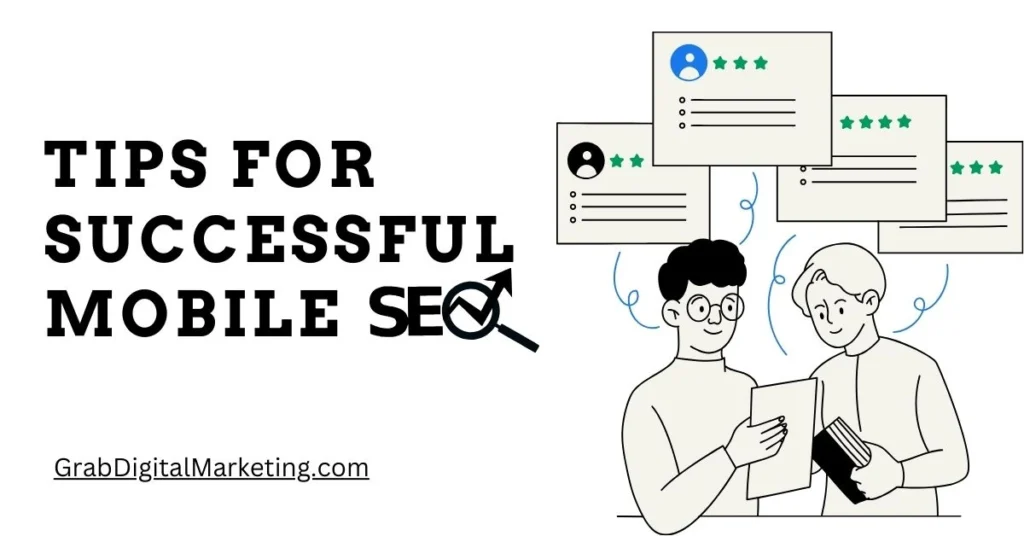
Here are some practical tips for successful mobile SEO specifically for Google AdSense users: First, ensure your website is fully responsive, meaning it adjusts seamlessly to any screen size, providing a smooth experience for mobile visitors. Optimize your page load speed because faster sites keep visitors engaged longer and reduce bounce rates, increasing the chances of ad clicks. Use short paragraphs, clear headlines, and plenty of white space to make your content easy to read on small screens. Avoid intrusive pop-ups that can frustrate users and lead to penalties from Google. Implement mobile-friendly structured data to help search engines better understand your content and enhance your listings with rich snippets. Test your site regularly on various devices and use tools like Google Search Console to identify and fix mobile-specific issues. Finally, analyze your mobile traffic using Google Analytics linked with AdSense to understand how your mobile visitors interact with ads and content, allowing you to fine-tune placements and formats for better revenue. Following these tips will improve user experience, boost your mobile search rankings, and maximize your AdSense earnings.

